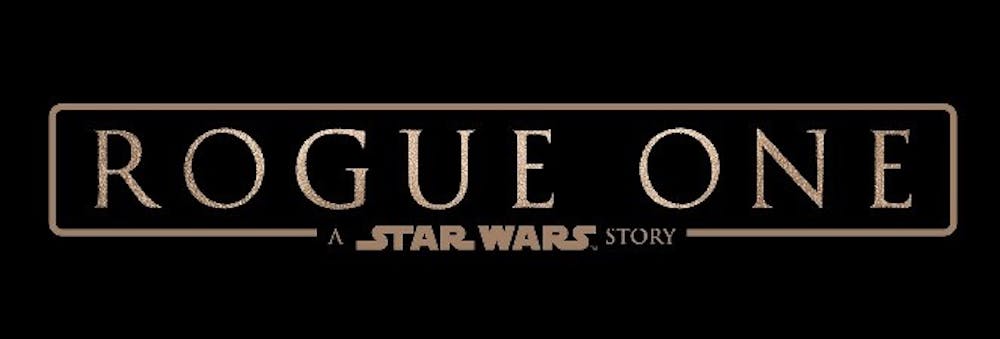Star Wars has always been political, no matter what Disney’s CEO says to placate fans upset about female heroines, multiracial casts and a couple of (since–deleted) anti–Trump tweets. Spend enough time in a certain corner of the Internet, and you’ll find plenty of extensive, detailed arguments to this effect (Vox and io9 are particularly thorough).
The thing is, Star Wars isn’t political simply because Imperial ground troops are called “Stormtroopers,” or because George Lucas has explicitly referred to the Empire as ‘Nazis.’ That the Empire is a bunch of fascists, and that the heroes of Star Wars (members of the Rebellion) hate fascists, is obvious to any viewer. What the viewer does with that information is less obvious—and much more interesting.
The Star Wars films are political because all films (and works of art) are inherently political upon wide release. It’s the circumstances of a film’s release that determine how viewers react to the film, and thus just how political the film is. Rogue One arrived in singular circumstances, just a month after the United States began to come to terms with the unexpected outcome of its presidential election. The film itself is singular among Star Wars films for plenty of mundane reasons, but most importantly, because it’s the first one to portray the Rebel Alliance as a democratic, accessible organization; its main characters are a bunch of scrappy nobodies. Rogue One shows us, for once, that we don’t have to be precocious 19–year–old Senators (with the inexplicable title of “Princess”) or laser sword–wielding mind readers to make a difference in the galaxy.
It’s also the most realistic Star Wars film: nobody gets a medal for simply doing their duty to the Rebellion. The act of rebelling is difficult and thankless. By the end of the film, the fact that these characters are nothing more than nobodies has been beaten into our skulls. The big guys are very big, and the little guys are very little, figuratively and literally. Rogue One’s sense of visual scale is impressive; its most memorable scene involves the newly–built Death Star ascending on the horizon, a thousand times bigger than any sun, as our heroes look on as specks of dust in comparison.
Watch Rogue One, even if you’ve never watched a Star Wars film before. The most important characters are entirely new, and it’s intelligible, if only slightly less fun, for non–fans. It’s a regular war movie, but it’s fresh, unassuming and even (depending on how you’ve been feeling since November) inspiring.
After all, the film’s very existence is a bit rebellious, a bit rogue. Without getting into specifics, Rogue One subverts one of the most important blockbuster tropes—and more importantly, even though that subversion is a foregone conclusion, people still went and continue to go in droves to watch and rewatch it. Lucasfilm only took this risk, of course, because it’s a successful, well–known franchise and could afford to do so.
The United States is a lot smaller than the galaxy, there’s no way something as powerful as the Death Star can exist, and we’ve got more going for us than Rogue One’s main character. But if the new administration tends more toward autocratic rule and comes up with a figurative Death Star of oppression, Rogue One tells you this: if the Rebellion’s scrappy nobodies can succeed against all odds, then you—if you can, and if you so choose—will too.
Photo courtesy of Creative Commons.

